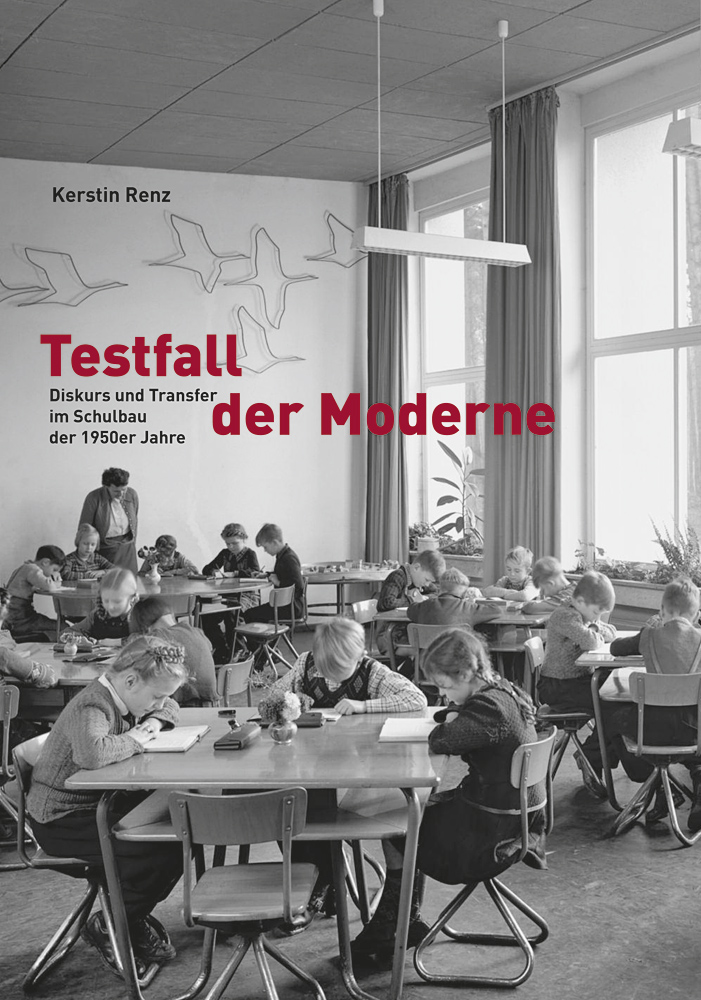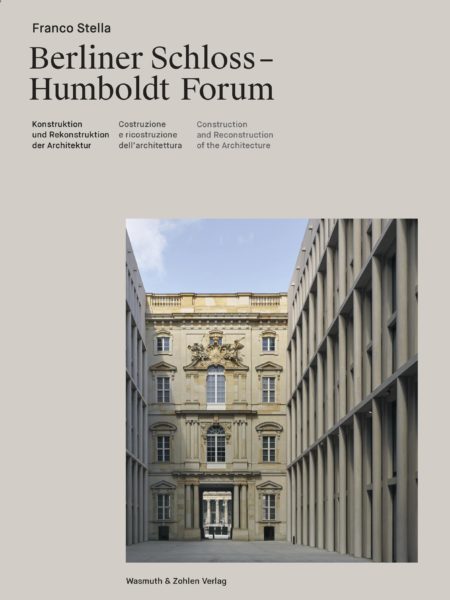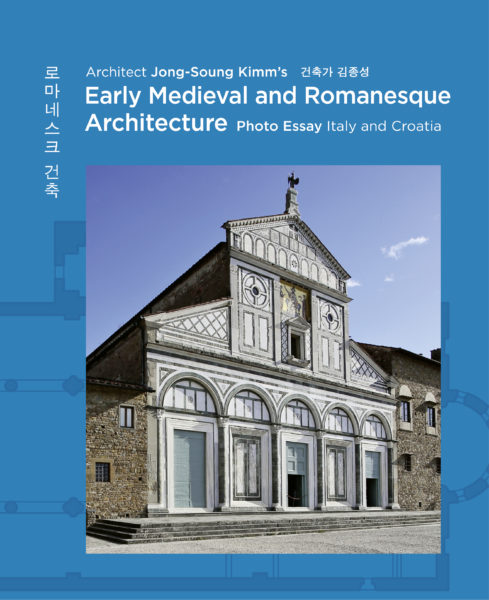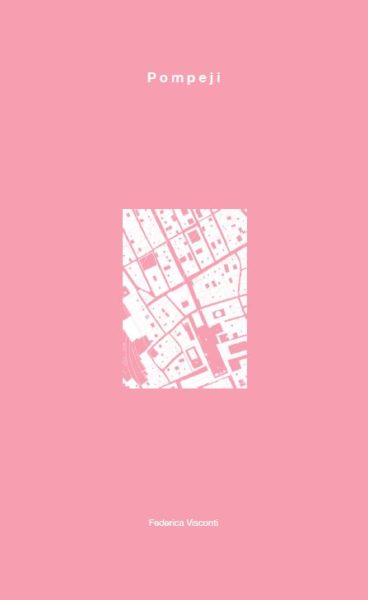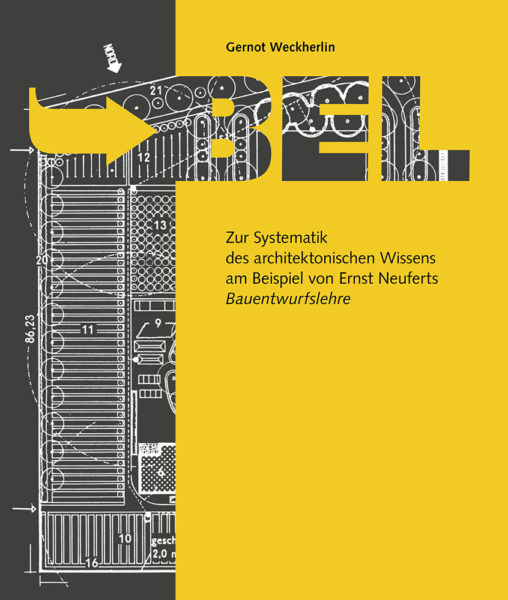Testfall der Moderne
Diskurs und Transfer im Schulbau der 1950er Jahre
Hardly any building task in Germany after 1945 was accompanied by expectations of a new democratic beginning as much as the school building. The architecture and the location of the school in the urban context were the focus of attention of educators, local politicians and architects. A central theme of modern architecture, the story of the "New School" for the "New Man," seemed to be repeating itself. This time, however, under reversed auspices: Whereas in the 1920s and 1930s the impetus for modern school architecture had come primarily from Germany and Switzerland, now the occupying powers were each pursuing their own idea of the ideal school. In these years, the architecture of the school became a test case for modernism.
- Author: Kerstin Renz
- ISBN: 978 3 8030 0816 9
- Size: 17 x 24 cm, brochure
- Edition: 1st edition, original edition
45,00 €
incl. 7% VAT
zzgl. Versandkosten
-
With this book, architectural historian Kerstin Renz opens an exciting chapter of German post-war history. In the young Federal Republic, building schools was both an urgent necessity and a political issue. If individual reformers had their way, the Neue Schule was to become the New School, whose light architecture in the countryside was to stand for peace, democracy, and a new, supranational understanding of society. In the debate about the ideal school, experience and experiment, practiced building practice and willingness to reform were often irreconcilably opposed. The author uses numerous school architectures of the 1950s to show how differently the concept of “school building reform” was interpreted and how discourse and the transfer of ideas influenced building practice.
Read in:
Deutsch -
Author Kerstin Renz ISBN 978 3 8030 0816 9 Size 17 x 24 cm, brochure Number of pages 380 pages Illustrations Numerous Illustrations Languages German Edition 1st edition, original edition

